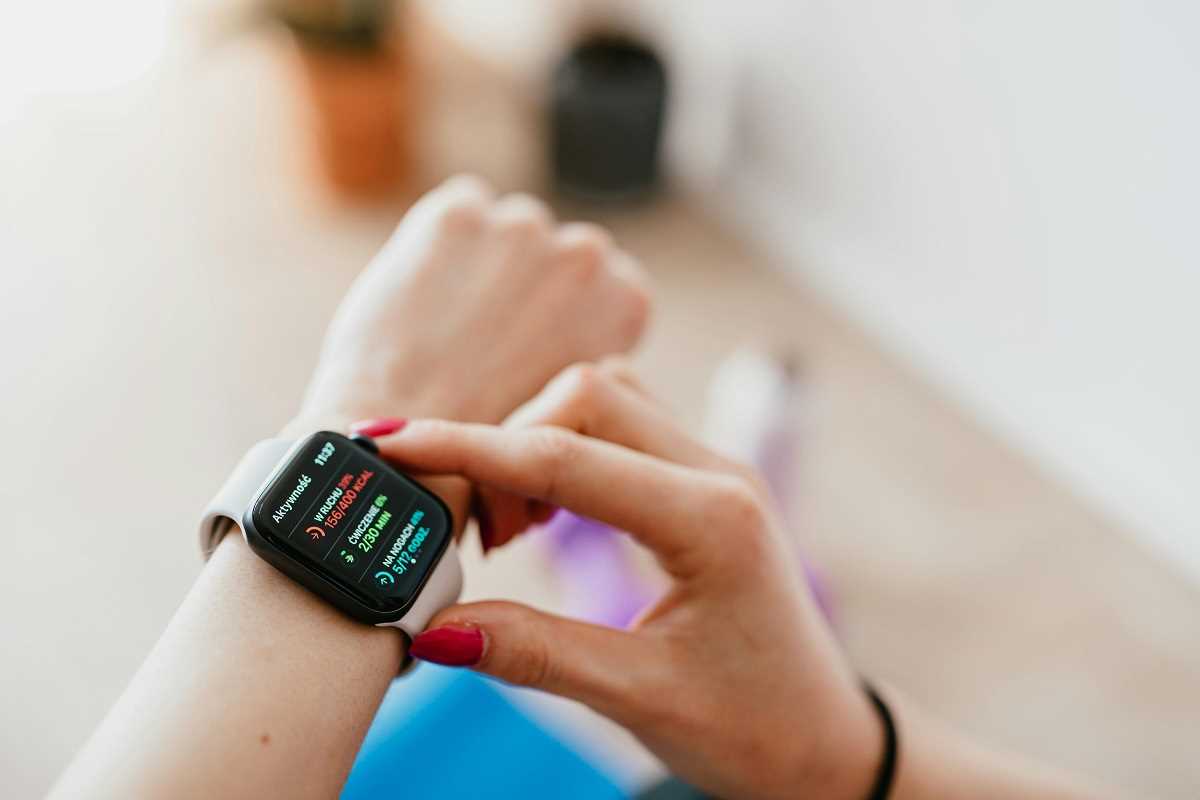Wearable technology has revolutionized the way we take care of our health, making it easier to track vital signs and detect potential health issues before they become serious. Among its standout applications, monitoring heart health has gained immense popularity as wearables equip individuals with real-time insights into their cardiovascular well-being. From tracking heart rate to identifying irregular rhythms, these devices empower users to take charge of their heart health.
Here’s an in-depth guide on monitoring heart health using wearable technology, examples of top devices you can try, and tips to use them effectively.
Benefits of Using Wearable Technology for Heart Health
Tracking your heart health with wearable devices offers several advantages. These gadgets go beyond just counting steps—they help you stay informed about your cardiovascular health in the following ways:
- Real-Time Heart Rate Monitoring: Wearables provide continuous heart rate tracking, which helps you understand your resting heart rate, active heart rate, and how your heart responds to physical activity.
- Detecting Irregular Heartbeats: Some advanced wearables feature sensors capable of identifying irregular heart rhythms (arrhythmias) such as atrial fibrillation. Early detection can prompt timely medical intervention.
- Tracking Patterns Over Time: With regular use, wearables can reveal trends in your heart health data, including heart rate variability (HRV). These patterns can indicate stress levels, fitness progress, or signs of poor cardiovascular function.
- Encouraging Lifestyle Changes: Seeing real-time progress motivates users to maintain healthy habits like regular exercise, good sleep, and reduced stress, which are all essential for heart health.
- Emergency Alerts: Certain wearables can detect warning signs of heart distress, such as sudden drops or surges in heart rate, and alert you or emergency contacts immediately.
Wearable Devices to Monitor Heart Health
The market offers a wide range of devices tailored to cater to heart health. Here are some popular options worth considering, along with their key features:
1. Apple Watch
- Key Features: Features an advanced sensor that measures heart rate, heart rhythm through ECG, and blood oxygen levels. It also has irregular rhythm notifications to detect atrial fibrillation.
- Why It Stands Out: Equipped with health-focused apps, it provides detailed insights and can even notify users about potential cardiac issues. The device integrates seamlessly with iPhones to store and analyze health data.
2. Fitbit Charge 6
- Key Features: Tracks heart rate continuously, measures HRV, and features an ECG app for arrhythmia detection. Also monitors stress levels using an electrodermal activity (EDA) sensor.
- Why It Stands Out: Affordable and user-friendly, Fitbit provides accessible cardiovascular health monitoring along with other fitness tracking features.
3. Samsung Galaxy Watch 6
- Key Features: Includes heart rate monitoring, an ECG app, and blood pressure measurement. Tracks overall fitness metrics, including calories burned and step count.
- Why It Stands Out: Offers a stylish design with robust heart health tracking tools, perfect for Android users.
4. Garmin Vivosmart 5
- Key Features: Monitors heart rate, heart rate variability, and stress levels. Includes a Pulse Ox sensor to track blood oxygen saturation levels.
- Why It Stands Out: Ideal for fitness enthusiasts who want detailed health metrics and excellent battery life.
5. Withings ScanWatch
- Key Features: Medical-grade ECG sensor, blood oxygen measurement, and continuous heart rate tracking. It sends alerts in case of irregular readings.
- Why It Stands Out: Combines sophisticated heart monitoring features with an elegant analog-style watch design.
How to Use Wearables for Effective Heart Health Monitoring
Monitoring heart health using wearable devices can be incredibly beneficial when used correctly. Here are practical tips to get the most out of your wearable technology:
1. Understand Your Baseline
Wearables can help you determine your resting heart rate, which is a good indicator of overall heart health. A normal resting heart rate for adults is typically between 60 and 100 beats per minute (bpm). Knowing your baseline makes it easier to spot abnormalities.
2. Record Your Data Regularly
To get accurate insights, wear your device consistently. Track your data daily and look for unusual changes over weeks or months. For example, a consistently high resting heart rate may suggest stress, dehydration, or a cardiovascular issue.
3. Monitor Heart Rate During Exercise
Use your wearable to track your heart rate during cardiovascular activities. This helps ensure you’re in the optimal heart rate zone for your fitness goals (e.g., fat-burning or improving endurance) while avoiding overexertion.
- Target Heart Rate Zones: Adjust based on age and fitness level. For example, adults aged 30-39 should aim for a range of 95–162 bpm during moderate or intense exercise.
4. Enable Alerts for Irregular Heart Activity
Advanced wearables like the Apple Watch and Fitbit Charge 5 allow you to set alerts for irregular rhythms or spikes/drops in heart rate. Listen to those warnings; they could signal an issue like atrial fibrillation or bradycardia (a heart rate that’s too slow).
5. Analyze Trends with Apps
Most wearables sync with companion apps, such as Apple’s Health app or Fitbit’s Health Metrics Dashboard, to provide detailed reports of your heart data. These insights can help you and your doctor notice long-term patterns.
6. Follow Guidelines for Accurate Readings
- Make sure your wearable is snug but comfortable—it shouldn’t be too tight or too loose.
- Keep it clean and positioned correctly on your wrist or chest, depending on the device.
- Check the manufacturer’s instructions for calibration or setup tips specific to the device you own.
7. Know When to Seek Medical Help
Wearables are helpful but not substitutes for medical diagnoses. If your device detects:
- Repeated irregular heart patterns
- Abnormal spikes or dips in heart rate
- Persistent symptoms like dizziness, fatigue, or chest pain
It’s crucial to consult a healthcare professional. Share the data collected by your wearable during your appointment to help with accurate diagnosis and treatment.
Additional Tips for Maintaining a Healthy Heart
To complement the benefits of wearables, adopt heart-healthy habits:
- Stay Active: Engage in at least 150 minutes of moderate aerobic activity weekly.
- Eat a Balanced Diet: Include heart-friendly foods like fruits, vegetables, whole grains, and omega-3-rich fish.
- Manage Stress: Practices like yoga, meditation, and deep breathing can lower cortisol levels and relax your cardiovascular system.
- Limit Smoking and Alcohol: Both can increase your risk of heart disease.
- Regular Checkups: Wearables notify you of abnormalities, but annual heart health screenings are essential for comprehensive care.
Wearable technology is reshaping how we monitor and manage heart health. Devices like the Apple Watch, Fitbit, and Garmin Vivosmart 4 make tracking your heart’s performance simple, providing early signs of irregularities and encouraging healthier habits. By using these tools wisely—pairing them with lifestyle changes and medical consultation when necessary—you can significantly enhance your cardiovascular well-being.
Invest in a wearable that matches your needs, and start taking proactive steps toward a healthier heart today.
 (Image via
(Image via


.jpg)


